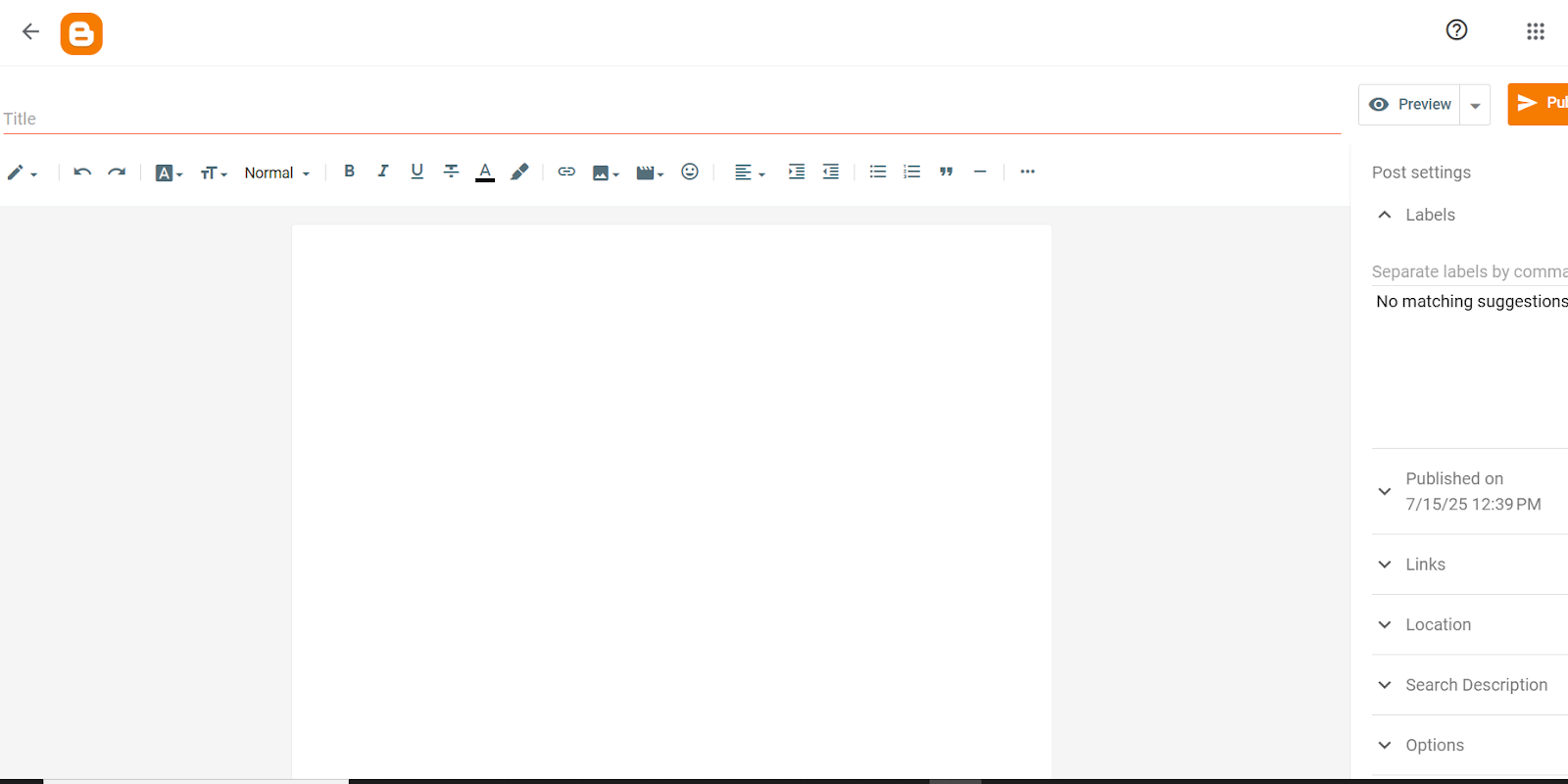Nepal's current government and parliamentary structure appear to be quite expensive and extensive. After the formation of provincial and local governments, many public services and structures were supposed to be decentralized and handed down accordingly. However, this has not been effectively implemented. To align with the spirit of the constitution and to strengthen federalism while maximizing efficiency, some adjustments to the central government and parliament seem essential. Therefore, the following proposals have been put forward to restructure the current system:
1. One District, One Representative
Parliamentarians are meant to formulate policies, not engage in development work. Each district should have just one representative.
There is no need for absentee parliamentarians who merely sign attendance for allowances but fail to meet the quorum during sessions.
- MPs receive salaries for being in office.
- They receive additional meeting allowances for attending parliamentary sessions.
- If attending the parliament is their main job, why is there a separate allowance for it? Strange!
- Moreover, some just sign in and leave, yet still claim allowances, while the parliament struggles to meet quorum.
- How long will we keep electing such irresponsible representatives?
Furthermore, the rationale behind proportional representation seats must be clarified to the public, as they are often misused to bring in wives, children, brothers-in-law, contractors, and businessmen into parliament.
2. 8-10 Ministries
To strengthen federalism, local and provincial governments should be given responsibility for implementing projects within their respective areas, while the federal government should focus only on national priority projects. Therefore, the current 20-22 ministries at the federal level could be reduced to 8-10.
Additionally, ministers should be appointed only from MPs with relevant experience and qualifications in their respective ministries. This would reduce the race for ministerial positions and help MPs focus more on parliamentary duties.
3. An Expert and Inclusive National Assembly
Since elected parliamentary bodies may lack representation from subject-matter experts, law-making processes should include experienced professionals from various fields.
To address this, a 50-member National Assembly should be formed, including experts with a minimum educational qualification or at least 8-10 years of professional experience, ensuring inclusive representation.
Additionally, to reduce the number of VIP positions, the Vice President should also serve as the Chairperson of the National Assembly.










.jpeg)
.jpeg)

.jpeg)
